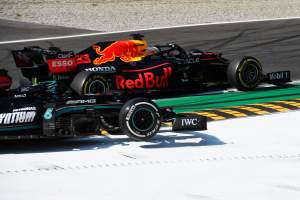Up Next

Amid an action-packed rapid-fire 2021 Formula 1 season, there was so much controversy and intrigue, it was often easy to lose track of every development – and the reason for that development taking place.
We’ve asked our Members’ Club to tell us their biggest unanswered questions from the 2021 season, and we enlisted our F1 writers Mark Hughes, Scott Mitchell and Edd Straw to answer them.
If you’re a member and didn’t get your question answered here, don’t worry – as there’s more submissions-influenced content to come early in the following year.
How much time did DAS-less, low-rake Mercedes lose from the 2021 regulation changes?
From Danny Elliott

The DAS didn’t really give a significant laptime benefit. It was more about getting the front tyres up to temperature for out-laps, race starts or safety car restarts.
Mercedes was hoping it could have been used more dynamically than it was by the drivers, but that proved too problematic – it wasn’t easy enough to use in that way at racing speeds.
The regulation changes lost Mercedes well over 2s initially, though it got this down to 1.3s as an average on the eight overlapping tracks in the two seasons. Red Bull lost only around 1.2s initially and got that down to 0.7s as an average over the eight tracks. – Mark Hughes
Did Mercedes spend tokens ahead of the 2021 season and will the advantage swing back to the low-rake cars in 2022?
From Simon T
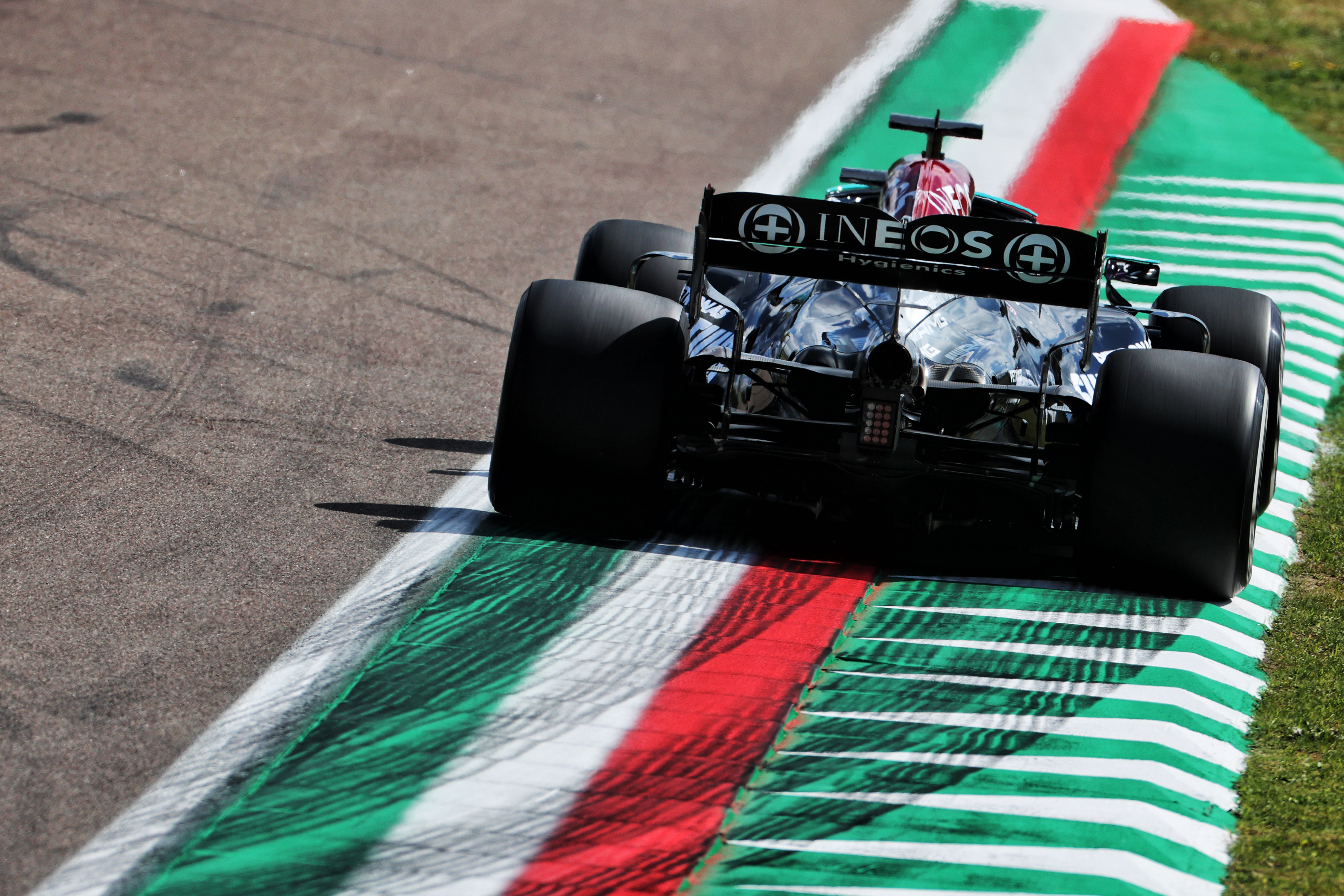
Mercedes did make a token spend, but it was for a change on the nose which was never used. The limitation of the low-rake car under the new regulations was at the back – and it changed the rear suspension. The links of the lower wishbones were no longer conjoined but separated, making even more room at the back for the aero. But this didn’t cost any tokens.
With its extreme swept-back rear suspension, there really wasn’t much potential to improve it further even if Mercedes had spent tokens there. The places where the token spend could be used further forwards wasn’t where the limitation of the car was. So I don’t think Mercedes lost any performance from its token choices.
Some are saying low-rake will be the way to go with the new regs, but others are saying high-rake. – MH
Would Mercedes have been successful had it appealed?
From Mark Davison
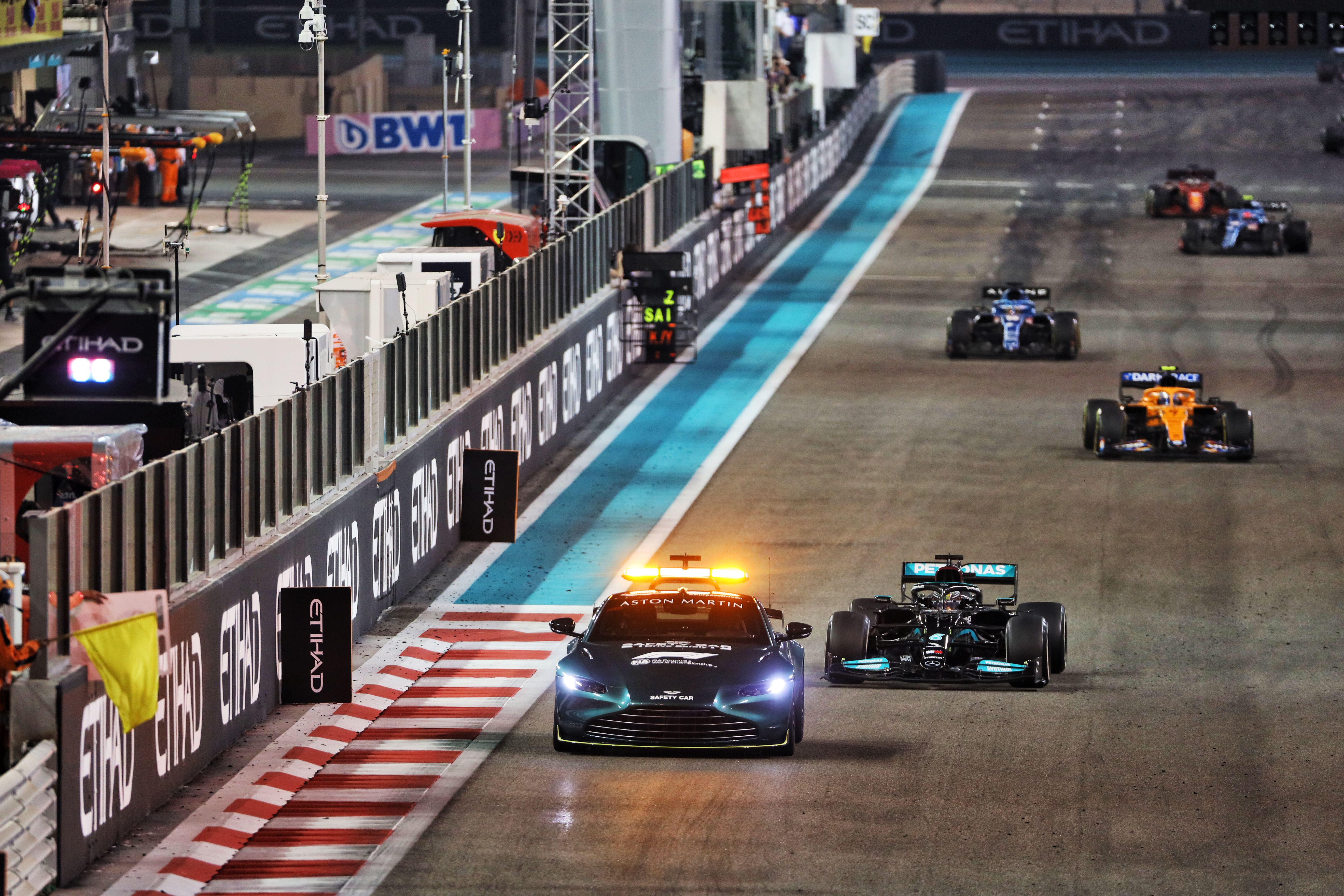
It’s unlikely that the race result could have been adjusted. Mercedes did argue in the initial hearing that the results should be rolled back to the end of the penultimate lap, but there’s no precedent or explicit mechanism for that happening in the regulations.
While there have been cases of the race result being counted back in the case of red flags or premature chequered flags (for example Canada 2018), there has been nothing related to such procedural problems.
Nullifying the race result would have theoretically been possible, but again for a restart procedural error, it would be unusual to do so. It would also have not delivered the outcome Mercedes wanted.
From my perspective, the most important thing has always been that the race control procedures are made much more robust and ensure they are used correctly for the future. – Edd Straw
What would have happened if the safety car procedures were followed properly?
From Ben Lydford
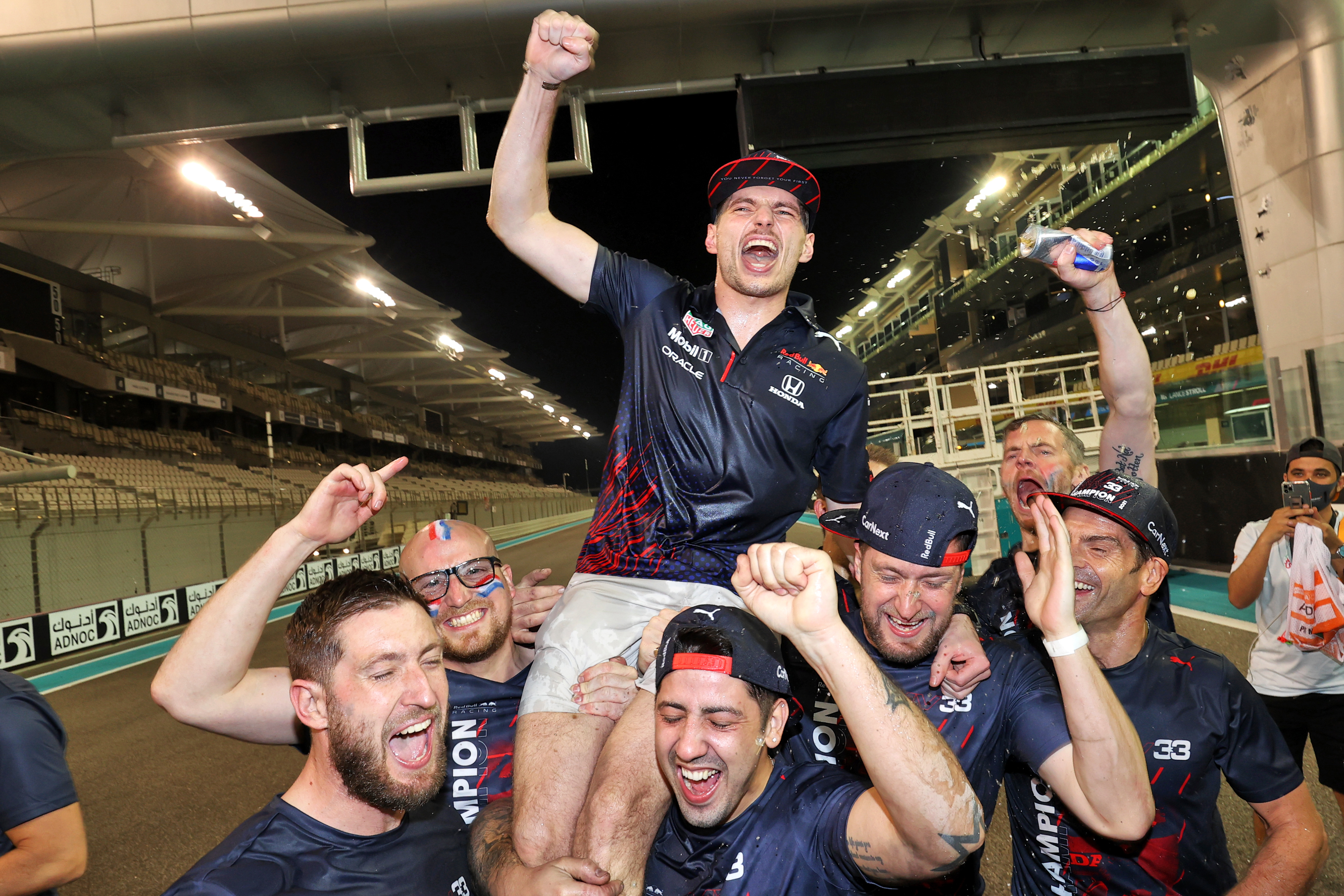
Lydford asked: “I know that this essentially happened during the Abu Dhabi finale, apart from a few procedural errors, but let’s say that the safety car procedures had been followed correctly and there had been a one-lap race to the end.
“I personally think there still would have been disapproval from some fans saying that it would have been an ‘unfair’ situation. Safety cars giving an advantage to some and disadvantaging others through luck has become part of the sport, however, disapproval towards this type of finish to a Grand Prix and especially a championship would have been understandable to me as it seems slightly gimmicky. A one-lap race where the person who has led the entire race comfortably is handed a large disadvantage seems a slightly unsatisfactory ending, whether it be the end to the championship or a GP. Do you agree and if so do safety car rules need to change or is this now just a part of the sport and sometimes you get lucky?”
Yes, you’ve pretty much summarised the situation there, Ben.
Any safety car – even when it’s not such a late one as at Abu Dhabi – presents a certain randomness that can either bring a dull race to life or unfairly disadvantage the guy who has got to the front on merit – depending upon your viewpoint.
The leader is nearly always disadvantaged in terms of whether to make the tyre stop because the rival behind can always just do the opposite, often with nothing to lose.
Personally, I’m OK with the occasional bit of random luck as it can happen to anyone and I wouldn’t be in any big rush to change that aspect of the safety car regulations. But the events of Abui Dhabi have created a precedent of something that was never previously understood to have been within the sporting regs so that now needs specific clarification. Other than that, I’d err towards your ‘sometimes you get lucky’ approach.
On a similar note, Filip Vissers asked what ex-F1 driver Karun Chandhok meant when he said on the The Race F1 Podcast: “Amidst all the noise of the past week, it’s worth remembering that, ironically, if Michael Masi had followed all the normal procedures and asked all the lapped cars to go past before the end of lap 56, Max would have passed Lewis on the last lap anyway?”
Karun’s argument is one that holds water. The point he’s making is that the situation with the restart with Verstappen on the fresh softs and Hamilton on aged hards could have arisen perfectly normally within the regulations had the lapped cars gone past before the end of lap 56. Then there would have been time to let all of the lapped cars past, and bring the safety car in at the end of the next lap, which was the two-fold procedural problem.
If you look at the footage, Latifi’s car is behind the barrier (albeit still being lowered) as the field passes the accident scene on lap 56 with the final couple of marshals climbing over the barrier as the pack passes. So there was a potential window to order the lapped cars past, especially if the marshals had been ordered off the track a little more quickly – assuming the debris was cleared. – ES
How did McLaren manage such a strong season given they had to spend their tokens on accommodating the Mercedes engine?
From Thomas

It’s true that McLaren had to spend its 2021 development tokens on accommodating the switch to the Mercedes engine. But it had prepared for this in 2020 with an aggressive development plan that included introducing a modified, narrower nose and front suspension tweaks.
This eased the transition to the more powerful engine and the team’s quick adaptation to its new power unit allowed it to close the gap to the front of the F1 field and hold its own in a season-long fight with its old rival Ferrari.
You can read more about McLaren’s smooth engine transition here, and Edd Straw’s technical analysis of its season here. – Josh Suttill
Why did Bottas escape without a penalty for his Saudi GP safety car antics?
From Jannes van der Wal

This was never properly answered by the FIA because Michael Masi’s usual post-race media briefing did not take place in Saudi Arabia (nor in Abu Dhabi, funnily enough). So this answer is based on combining what the regs say with a bit of common sense.
When this incident happened the safety car had been deployed but the lead cars had not reached it and were not queuing up behind it. So the rule requiring cars to be “no more than 10 car lengths apart” did not yet apply.
All Bottas had to do is stay above the FIA’s minimum time at least once in each marshalling sector and at both the first and second safety car lines. Presumably, he did this or it would have been automatically registered.
It’s not explicitly stated in the regs but this is probably also a key way to police another relevant part of the safety car regulations: “No car may be driven unnecessarily slowly, erratically or in a manner which could be deemed potentially dangerous to other drivers or any other person at any time whilst the safety car is deployed.”
This is an entirely subjective position. But as Bottas backed up enough to avoid queuing in the pits – so had a reason for going that slowly – and presumably was within the required delta time, Masi and the stewards must have decided he was not going unnecessarily or dangerously slowly. – Scott Mitchell
Does the engine change penalty need to be reassessed?
From Guy
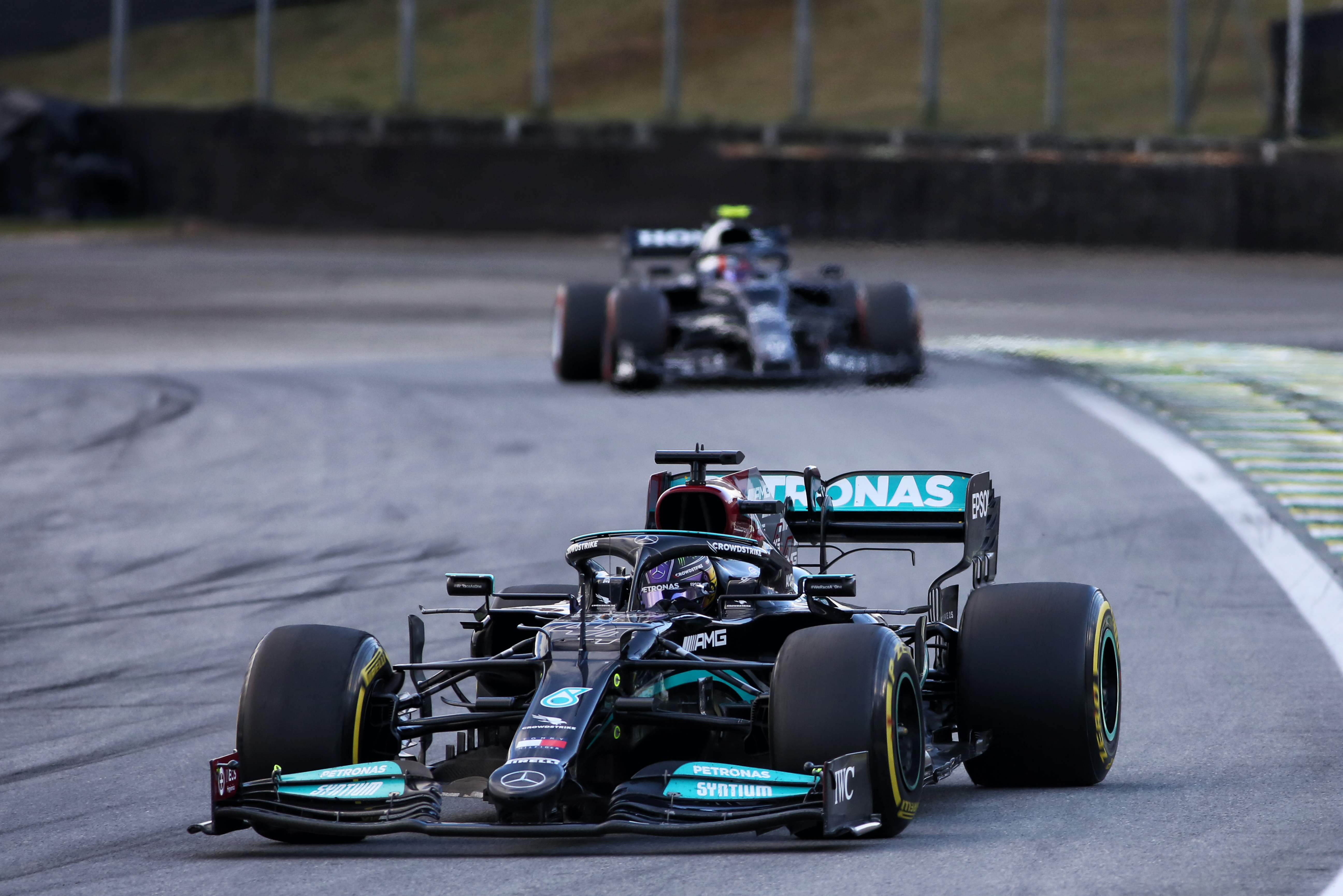
“Throughout the season Mercedes swapped out engines, taking advantage of a rule ostensibly created for Honda and their early reliability problems, to swap out functioning engines for performance. It seems that penalty should escalate, not deescalate?”
Hi, Guy. Not sure where this idea came from that the replaced engines were functioning ones.
Hamilton’s PU1 died in practice at Zandvoort. PU2 used up its full mileage allocation. PU3 was on the point of dying with a bottom end/crankshaft imminent failure. So PU4 went in for Turkey. Which left him with just that 1 PU for 7 races. So Mercedes added PU5 in Brazil – and took the grid penalties both times, obviously.
With his 1/2/3 nearing their mileage allocation, Bottas PU4 failed after just one race (same failure as LH’s PU3). Bottas’ new PU5 died in practice at Sochi after just 2 practice sessions (same problem again). – MH
Regarding the severity of the penalty itself, I agree it is curious that repeat offences merit more lenient punishments.
I understand the idea that it was softened to avoid over-the-top penalties as we saw in the days of Honda’s biggest struggles. But clearly, it’s a system that can be gamed. I’m not sure escalating penalties is necessary but at the very least I also see no reason for the current de-escalation. A consistent X-place penalty every time would seem fair. – SM





